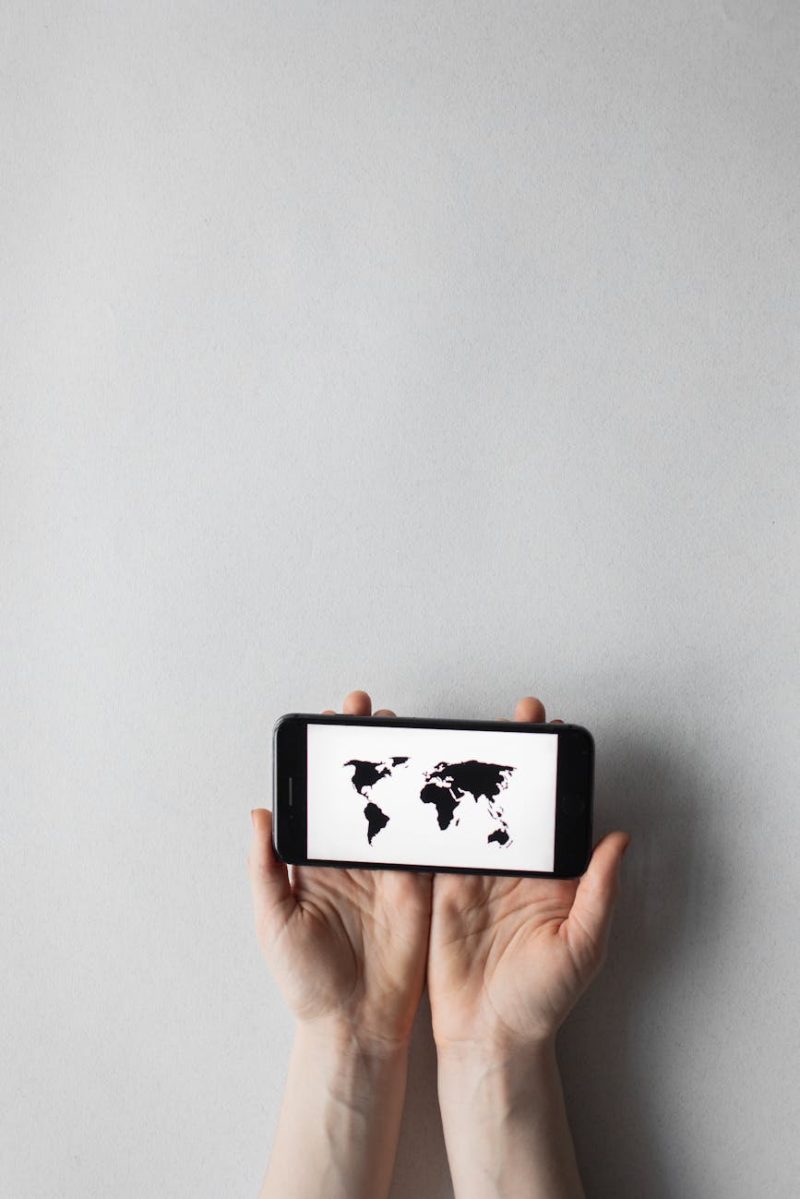Stunning Digital Detox: Effortlessly Reclaim Focus
In a world where screens dominate our waking hours, digital detox has become a buzzword for those seeking to reclaim their time, focus, and mental clarity. But what exactly is a digital detox, and how can you incorporate it into your busy life without feeling disconnected? Let’s explore how this modern trend is reshaping the way we live, work, and interact with technology.
Understanding Digital Detox in the Modern Age

Digital detox is more than just turning off your phone or shutting down your laptop. It’s a conscious decision to step away from digital devices and reintroduce balance into your life. Whether it’s for an hour, a day, or even a week, digital detoxes are designed to help you reconnect with the world around you—and yourself.
In an era where technology is woven into every fabric of our lives, taking a step back isn’t just about avoiding screens; it’s about rediscovering the joys of analog experiences. From reading physical books to engaging in face-to-face conversations, there’s a growing movement of people who believe that disconnecting from technology can lead to greater productivity, creativity, and overall well-being.
The Cultural Shift Toward Digital Detox
The rise of technology in business, entertainment, and daily life has brought undeniable benefits, such as increased connectivity and efficiency. However, it’s also introduced challenges like digital fatigue, anxiety, and a culture of constant distraction. The digital detox movement is a response to these challenges, urging people to rethink their relationship with technology.
The Business of Digital Wellness
The concept of digital wellness is gaining traction in the corporate world. Companies like Google and Microsoft have incorporated digital detox practices into their employee wellness programs, recognizing that a mentally refreshed workforce is more productive and innovative. For instance, some businesses now encourage “email-free” hours or days, allowing employees to focus on deep work without constant interruptions.
The Rise of Tech-Free Zones
Innovative spaces like tech-free cafes and digital detox retreats are popping up worldwide, offering individuals a chance to unplug and recharge. These spaces are designed to foster human connection, creativity, and relaxation in an environment free from the distractions of technology.
How to Effortlessly Reclaim Focus Through Digital Detox
Taking the first step toward a digital detox can feel daunting, especially in a culture where being constantly connected is the norm. However, with a structured approach, you can make the transition seamless and impactful.
Start Small: Incremental Digital Detox
You don’t need to completely eliminate technology from your life to benefit from a digital detox. Start with small changes, like setting aside device-free hours during the day or implementing a “no phone zone” in your bedroom. For example, you could commit to turning off all screens an hour before bedtime to improve sleep quality.
IDENTIFY YOUR DIGITAL DETOX GOALS
Before diving into a digital detox, it’s important to define what you want to achieve. Are you looking to reduce screen time? Improve focus at work? Enhance your mental wellness? Having clear goals will help you stay motivated and guide your actions during the detox.
Create a Supportive Environment
Your surroundings play a significant role in your ability to disconnect. Declutter your physical space, remove distractions, and create an environment that promotes relaxation and focus. For instance, you can set up a reading nook or a meditation corner where technology is off-limits.
Signs You Need a Digital Detox
If you’re feeling overwhelmed, distracted, or mentally exhausted, it might be time to consider a digital detox. Here are some telltale signs:
– Constant Distraction: You find yourself constantly checking your phone, even when there are no notifications.
– Decreased Productivity: You’re struggling to focus on tasks due to the constant ping of messages or social media updates.
– Mental Fatigue: You feel mentally drained, anxious, or irritable, which could be linked to excessive screen time.
– Sleep Issues: You’re having trouble falling asleep or maintaining quality sleep due to late-night screen usage.
The Benefits of a Digital Detox: Beyond Screen Time
The benefits of a digital detox extend far beyond reducing screen time. By stepping away from technology, you can experience a range of positive changes in your personal and professional life.
Improved Mental Clarity
Without the constant influx of information and distractions, your mind has the space to think more clearly and deeply. Many people report enhanced problem-solving skills and creativity after a digital detox.
Better Work-Life Balance
Digital detoxes can help you set healthier boundaries between work and personal life. By limiting your availability online, you create time for hobbies, relationships, and self-care.
Increased Productivity
Ironically, taking a break from technology can make you more productive when you return. A digital detox can help you prioritize tasks, reduce multitasking, and focus on what truly matters.
Debunking the Myths: Digital Detox Isn’t Extreme
One of the biggest misconceptions about digital detoxes is that they require extreme measures, like completely abandoning technology or moving to a remote cabin. The truth is, digital detox is about finding a balance that works for you.
You don’t need to go cold turkey on technology to benefit from a digital detox. Even small actions, such as limiting social media use or taking device-free breaks throughout the day, can make a significant difference.
How to Make Digital Detox a Sustainable Practice
The key to making digital detox a lasting part of your life is to incorporate it into your routine. Here are some practical tips to get you started:
Start with Small, Manageable Steps
– Begin with short device-free periods, such as turning off your phone during meals or for an hour before bed.
– Gradually increase the duration as you become more comfortable with the practice.
Involve Others
– Invite friends or family to join you in your digital detox journey. Having a support system can make the experience more enjoyable and help you stay accountable.
– Consider organizing device-free gatherings or activities, like board game nights or outdoor adventures.
Be Mindful of Your Technology Use
– Pay attention to how you use technology and why. Are you reaching for your phone out of habit, boredom, or genuine need? Becoming more mindful of your technology use can help you make intentional decisions.
Leverage Technology to Your Advantage
– Use apps and tools that help you track and limit screen time. For example, you can set up website blockers or schedule digital downtime on your devices.
Conclusion: Reclaiming Focus in a Connected World
In a world where technology is inevitable, digital detox offers a refreshing alternative. It’s not about rejecting technology entirely, but about using it in a way that serves you, rather than controlling you. By taking small, intentional steps to disconnect, you can reclaim your focus, improve your well-being, and find a healthier balance in your life.
So, take the first step today. Start with a simple action—turn off your phone for an hour, take a walk without your earbuds, or enjoy a meal without the distraction of screens. You might be surprised at how empowering it feels to reconnect with the world and yourself.
Key Takeaways:
– Digital detox is about balance, not complete abstinence from technology.
– Small, incremental changes can lead to significant improvements in focus and well-being.
– The benefits of digital detox extend beyond reducing screen time to enhancing productivity, creativity, and mental clarity.
Explore more articles on technology, wellness, and modern living on BeNewsMag.com. Join the conversation and share your own digital detox experiences!

